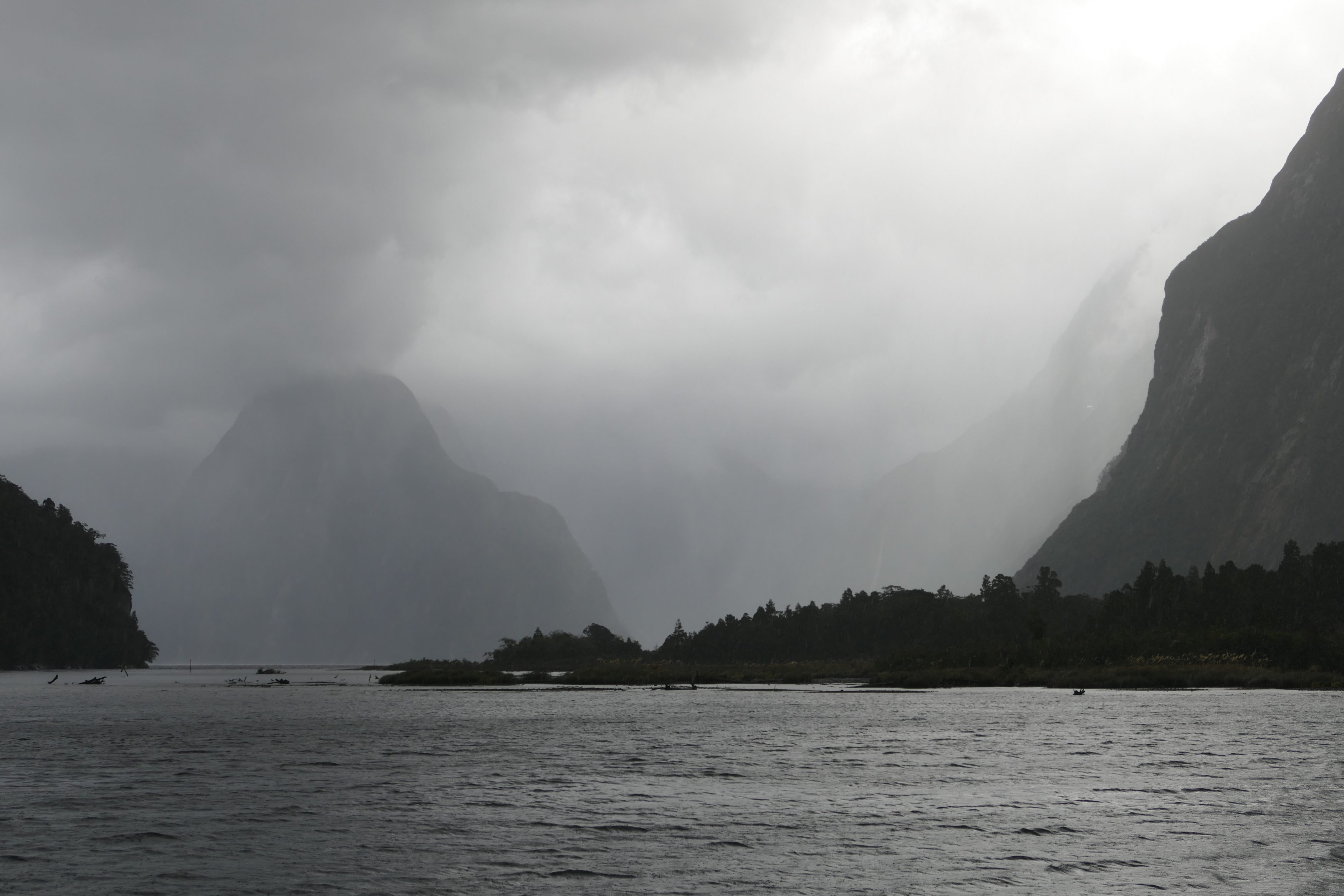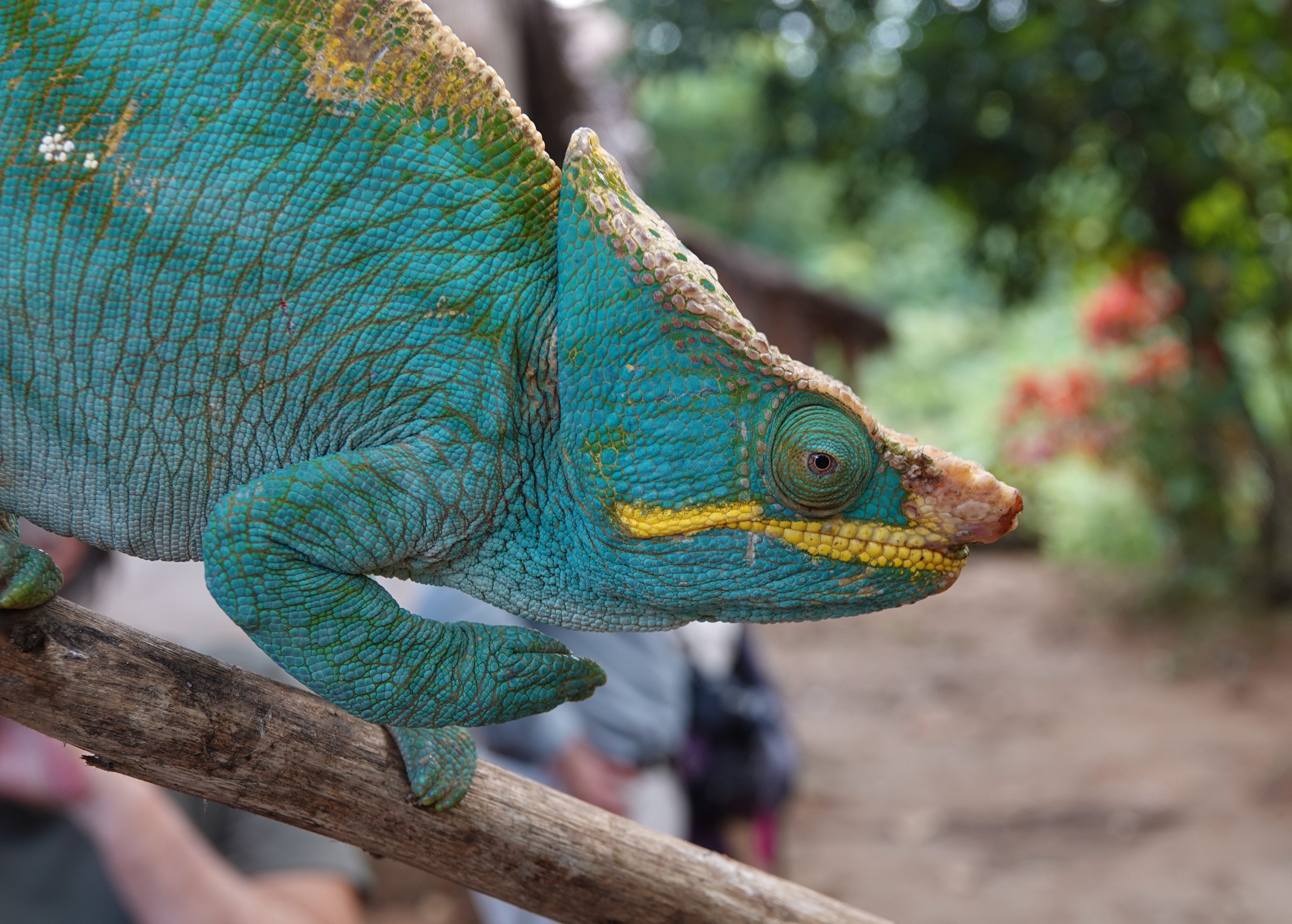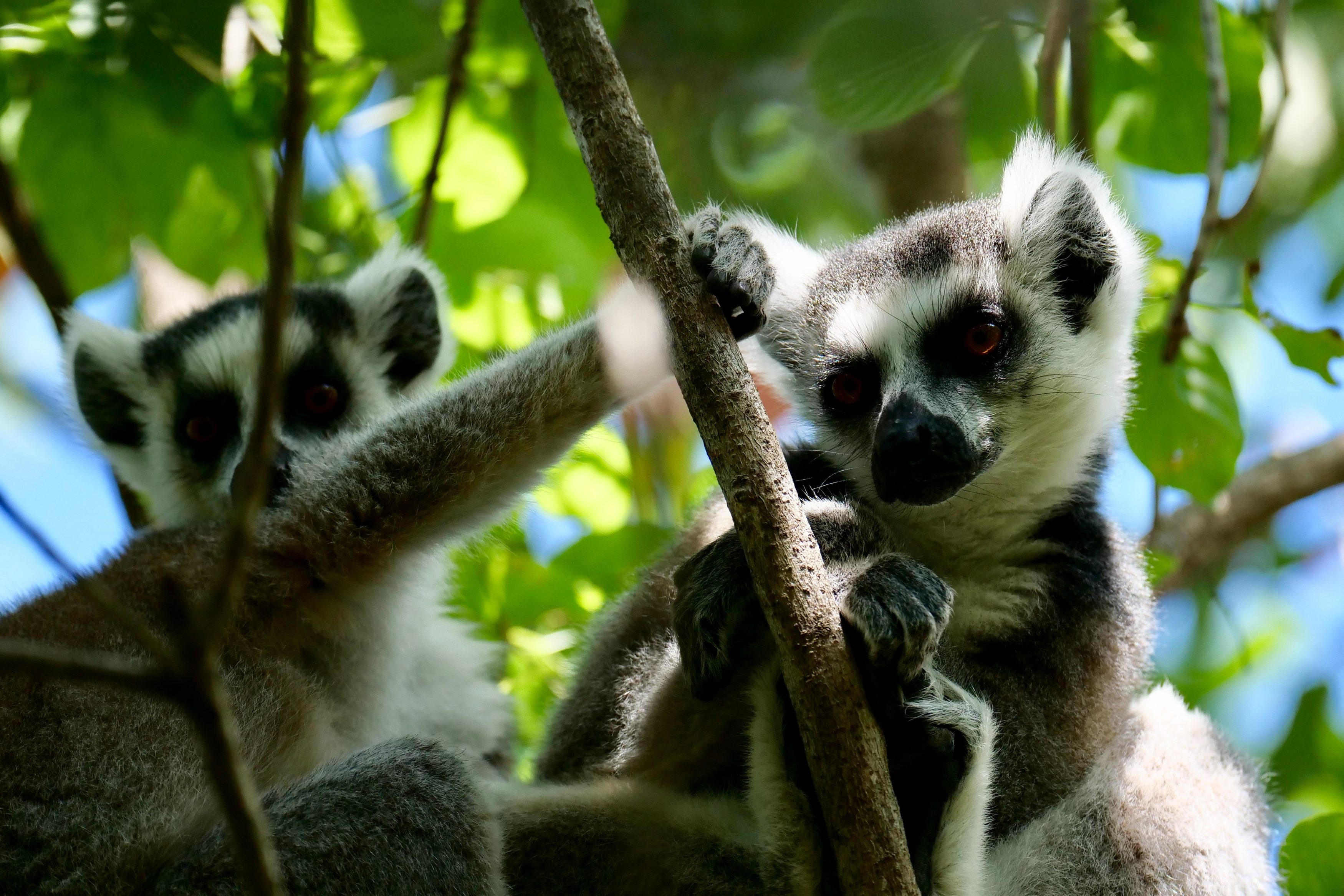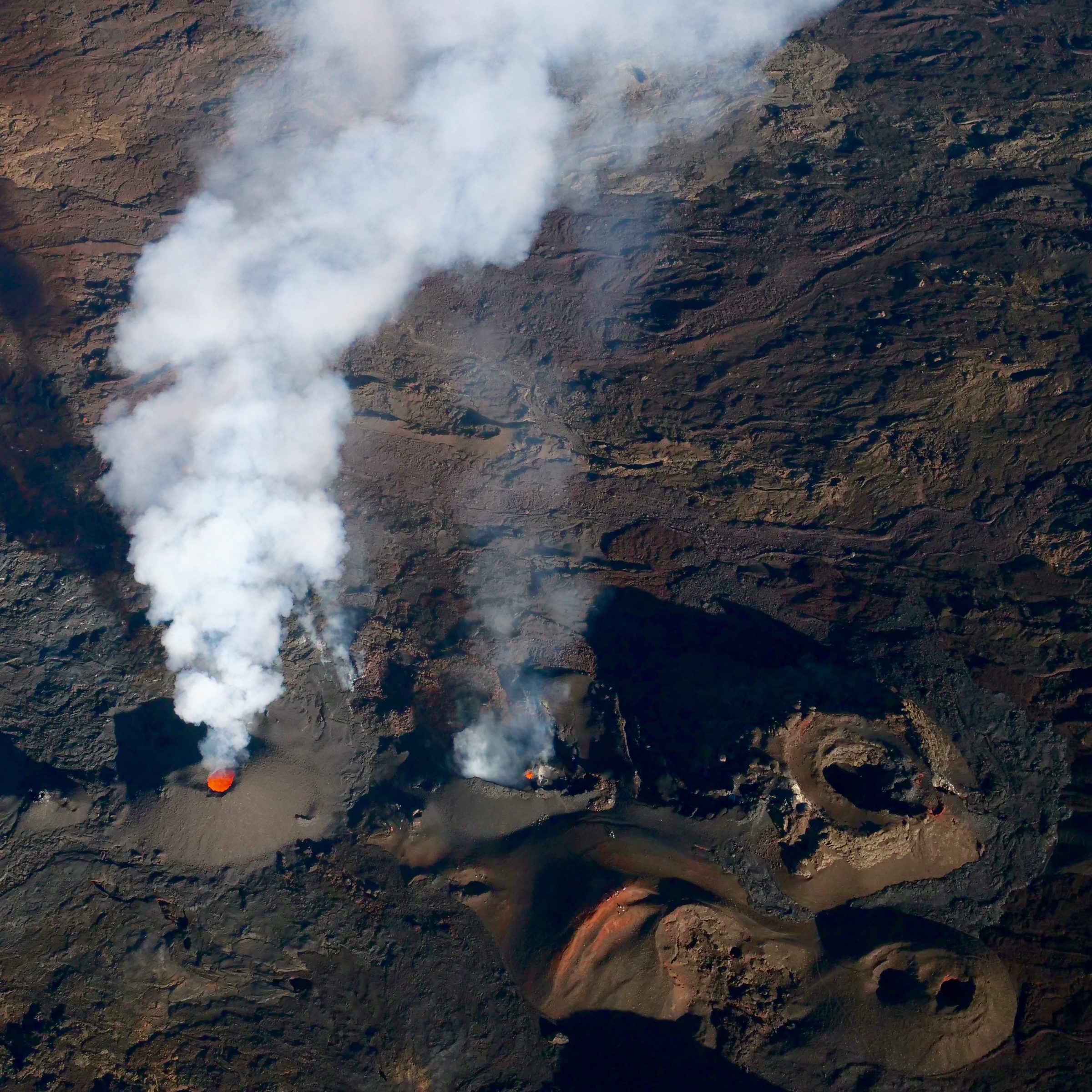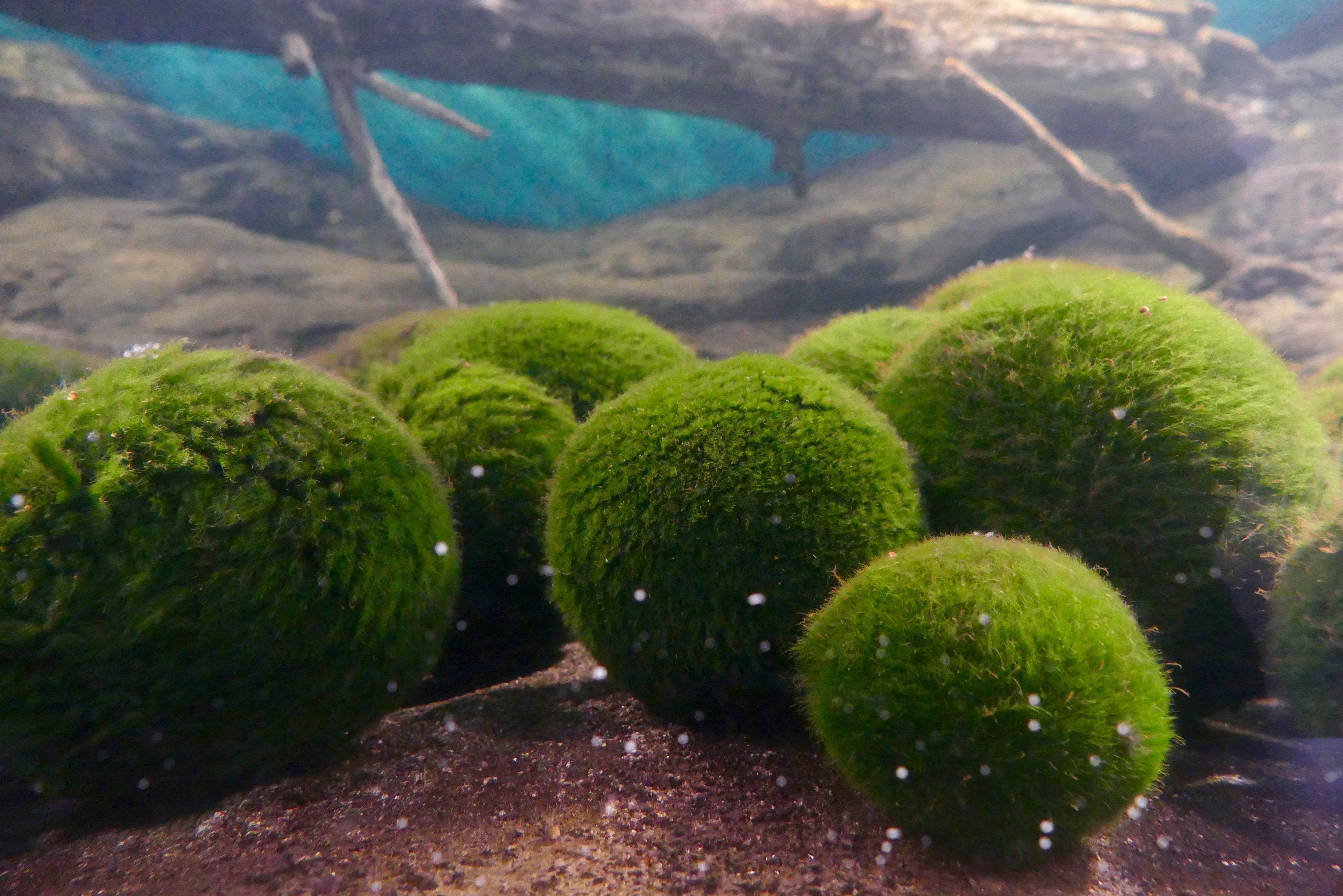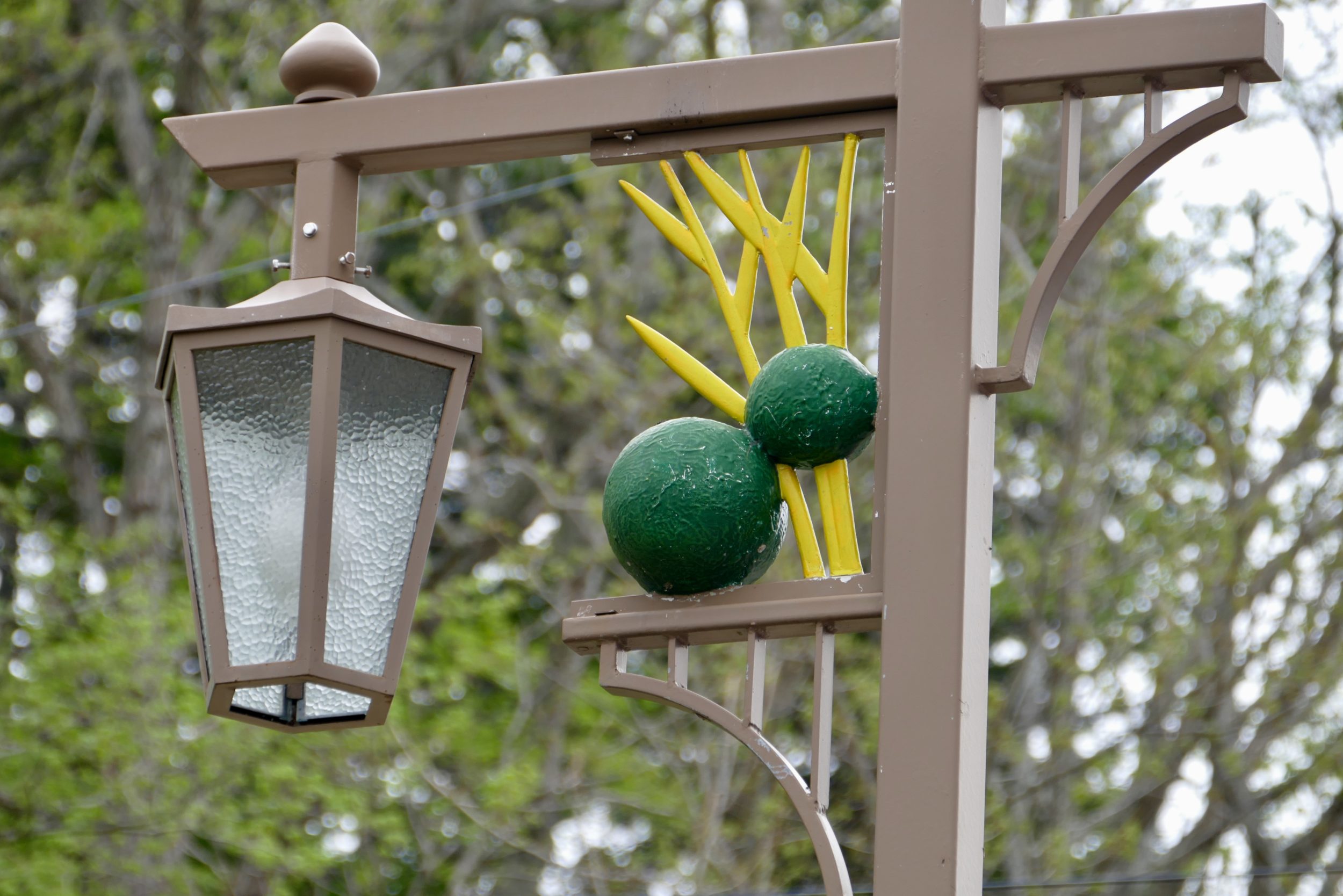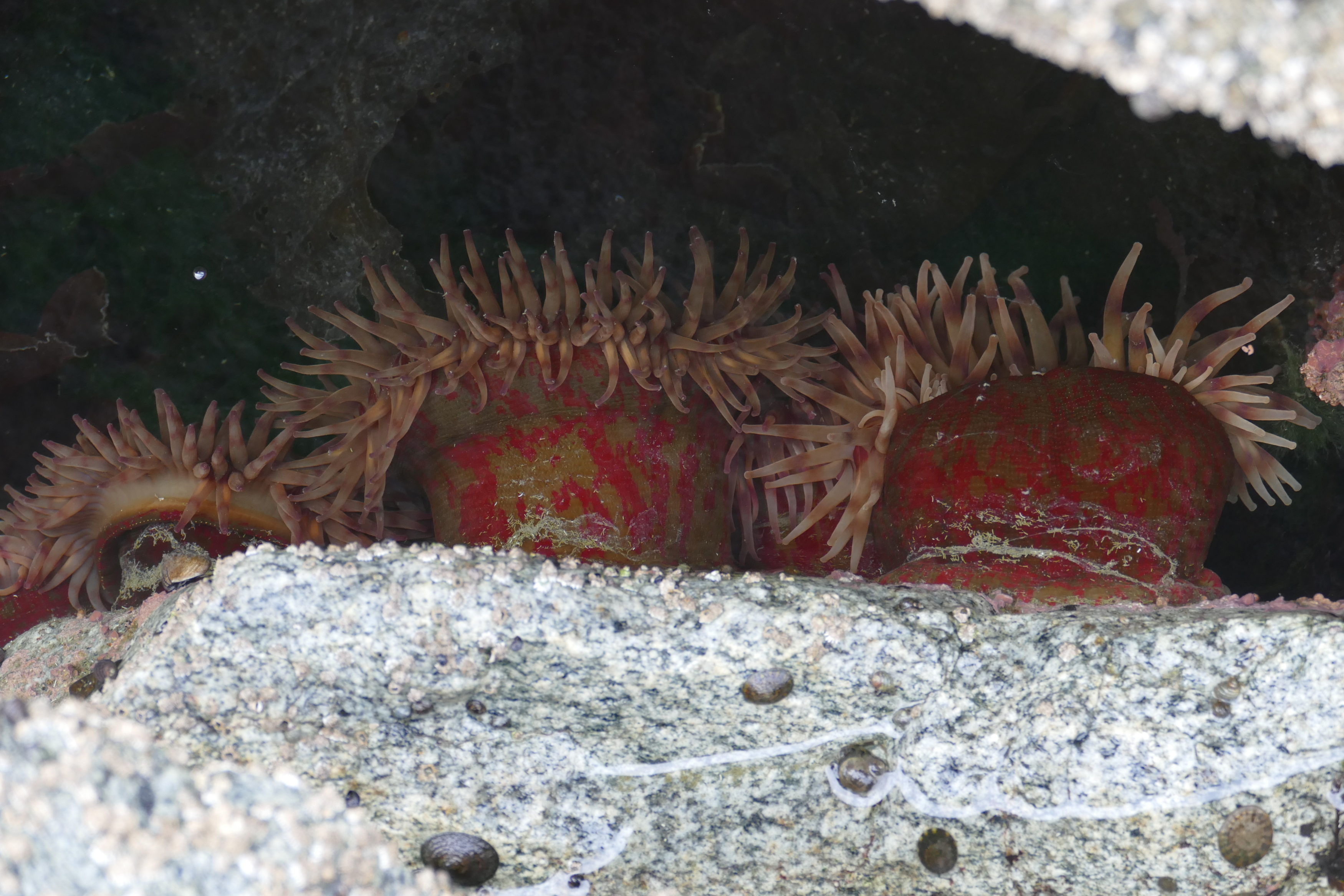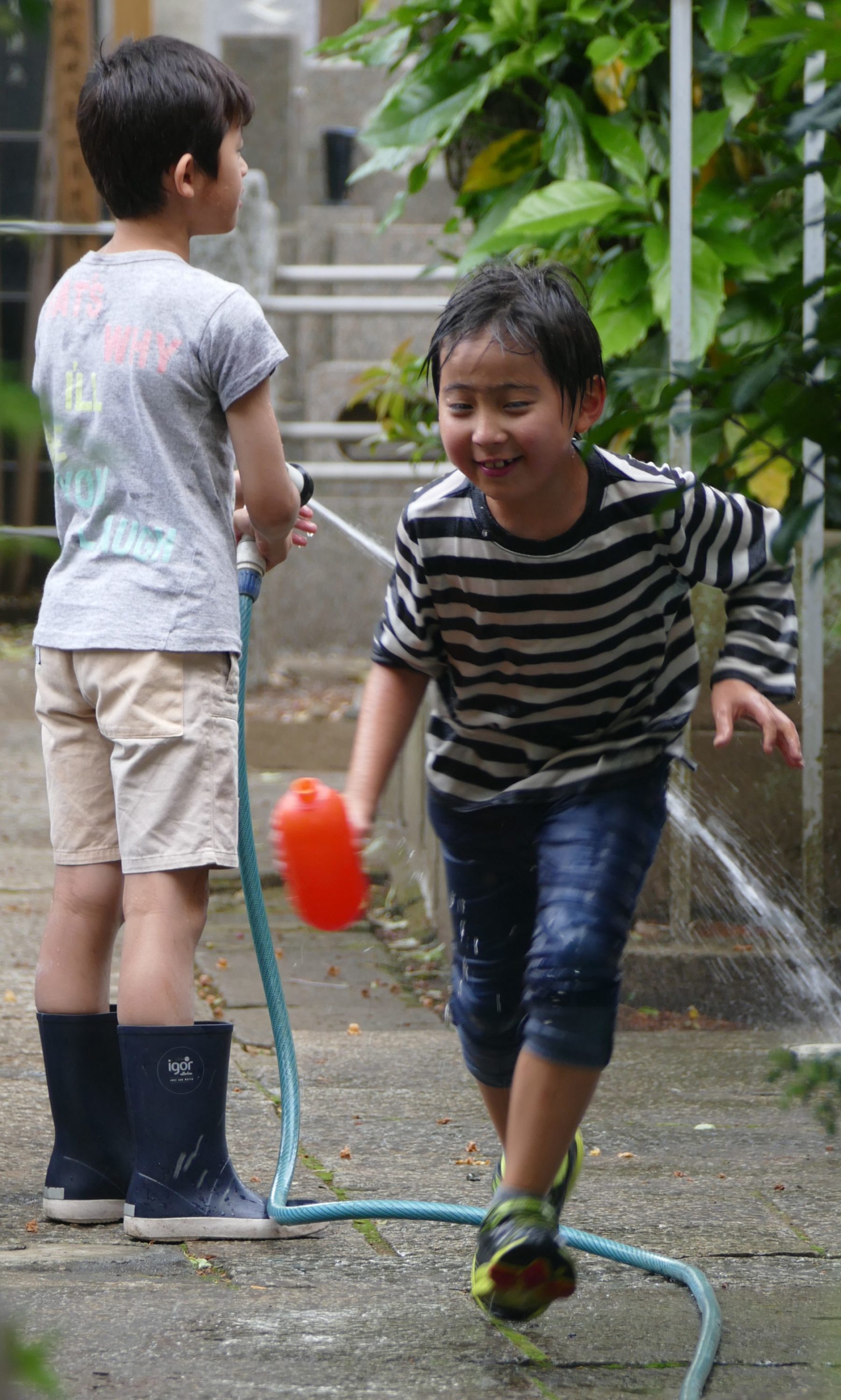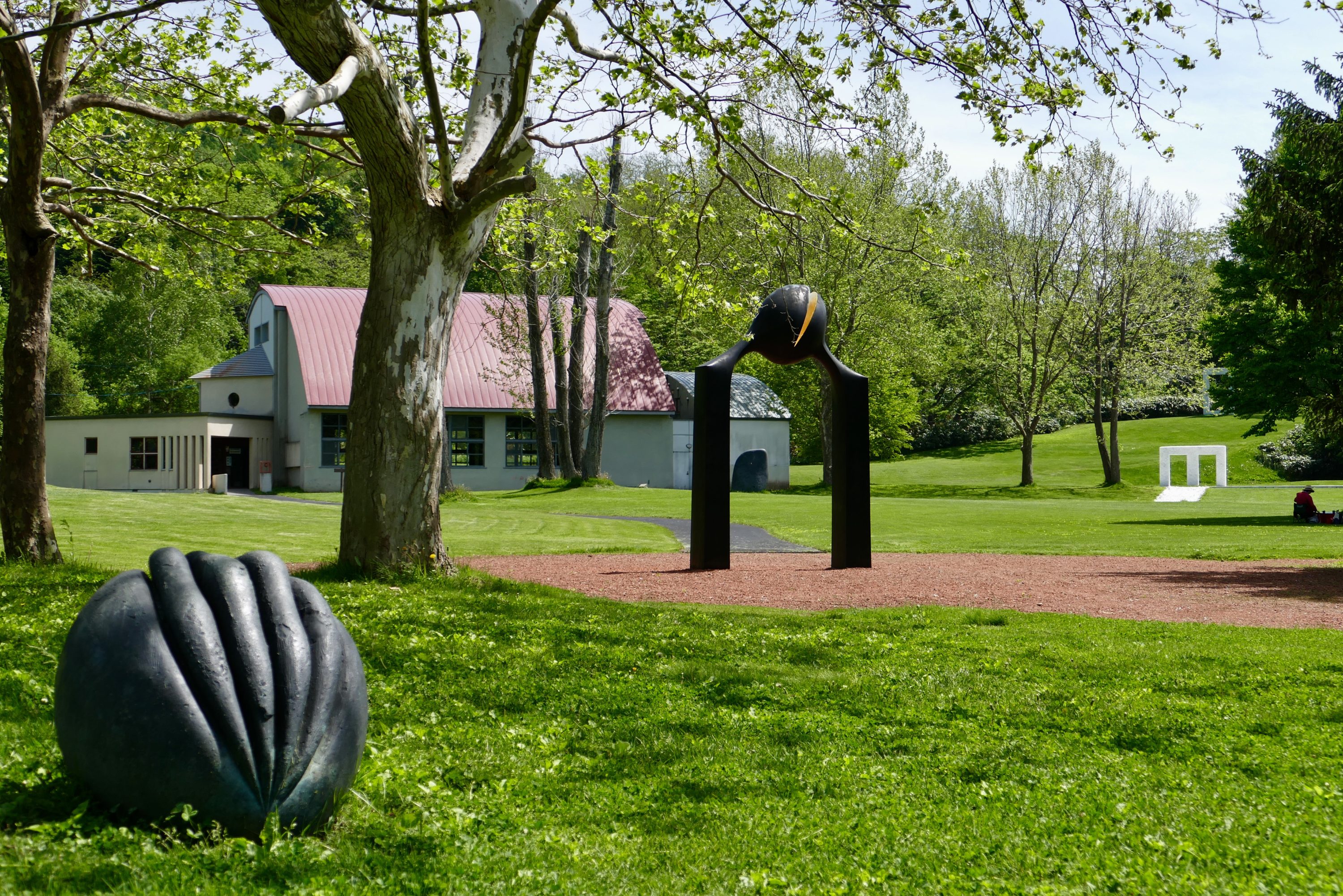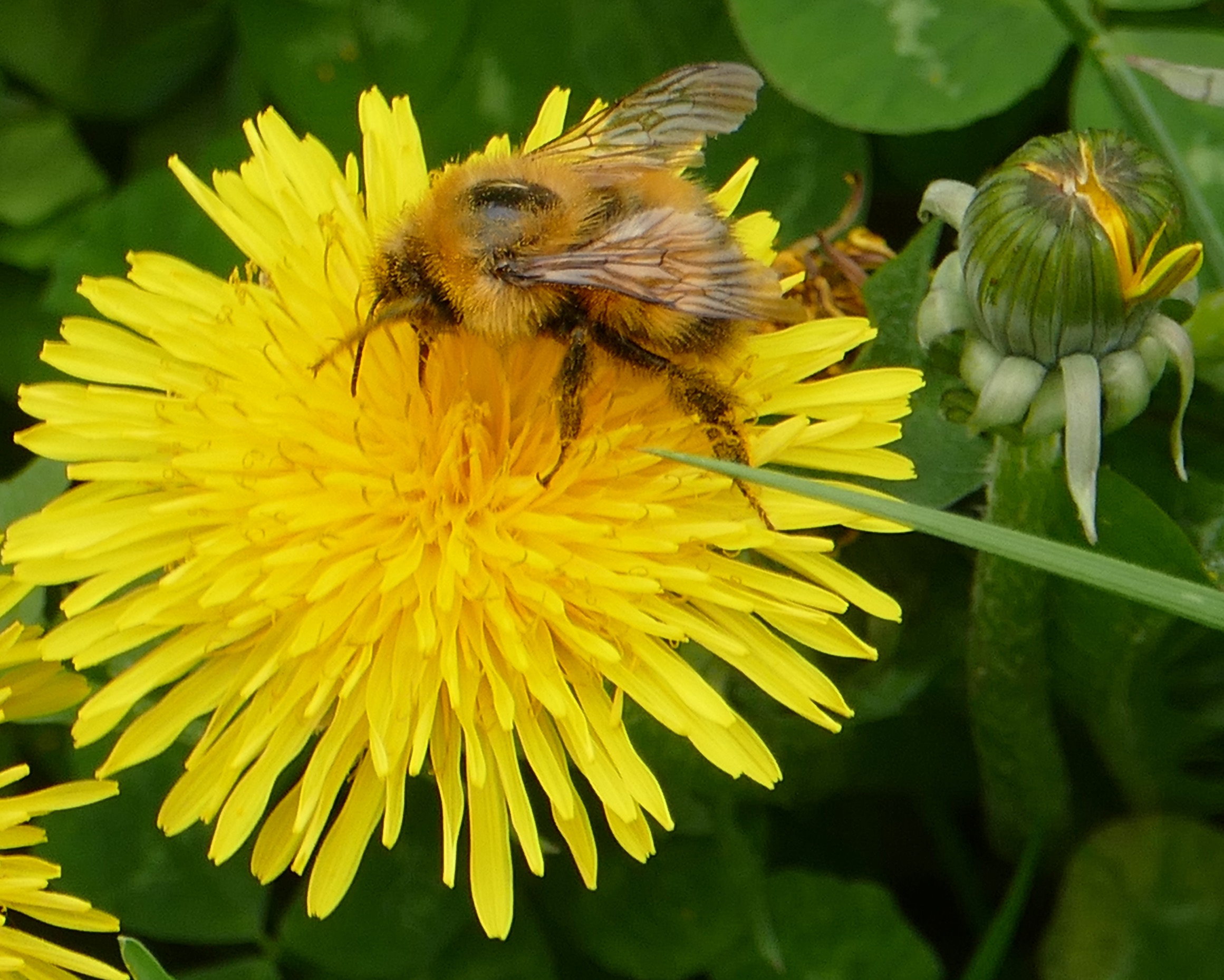Chapter Two is international, and includes a musical bonus – audio of two of my favourite rain songs. (one of them is an “unissued” version)
Comments closedCategory: Americas and Eurasia and Africa
Nearly half of the world’s circa 200 species of chameleon live only in Madagascar, including the most massive – Parson’s chameleon, Calumma parsoni.
Its spectacular ability to change colour is a means of communication rather than camouflage.
Comments closedRing-tailed lemurs (pictured above, in Anja National Park) are its emblematic animal.
Parson’s chameleon (pictured below, near Ranomafana) is the world’s biggest chameleon.
Comments closedWe are in France for our first time.
However, this bit of France is very much closer to Madagascar than to Paris!
Reunion is a spectacular volcanic island; its (and the entire Indian Ocean’s) highest peak soars more than 3,000 metres above the sea…and rather more than half of the whole mountain is below the sea’s surface.
Comments closedSome local tourist promoters and “official” signage falsely claim that marimo live nowhere else.
However, eastern Hokkaido’s Lake Akan is the best place to see them.
Akan has by far the largest known examples of this rare and astonishing algal form…and the lake and its surrounds are beautiful in their own right.
2 CommentsIts decoration “speaks clearly”, but only in one place, in northern Japan.
Pelican Yoga will reveal all, later this week.
There is a clue today, below.
Comments closedBest viewed after chapter one.
This post’s “stars” are named after terrestrial flowering plants, but sea anemones are carnivorous animals.
One Comment(almost certainly, you will be surprised to discover where I took this post’s photos)
Unstructured, unsupervised time for play is one of the most important things we have to give back to kids if we want them to be strong and happy and resilient.
2 CommentsOne of the world’s more remarkable sculpture parks is in a former school’s grounds, near a frayed little city in Hokkaido.
Comments closed